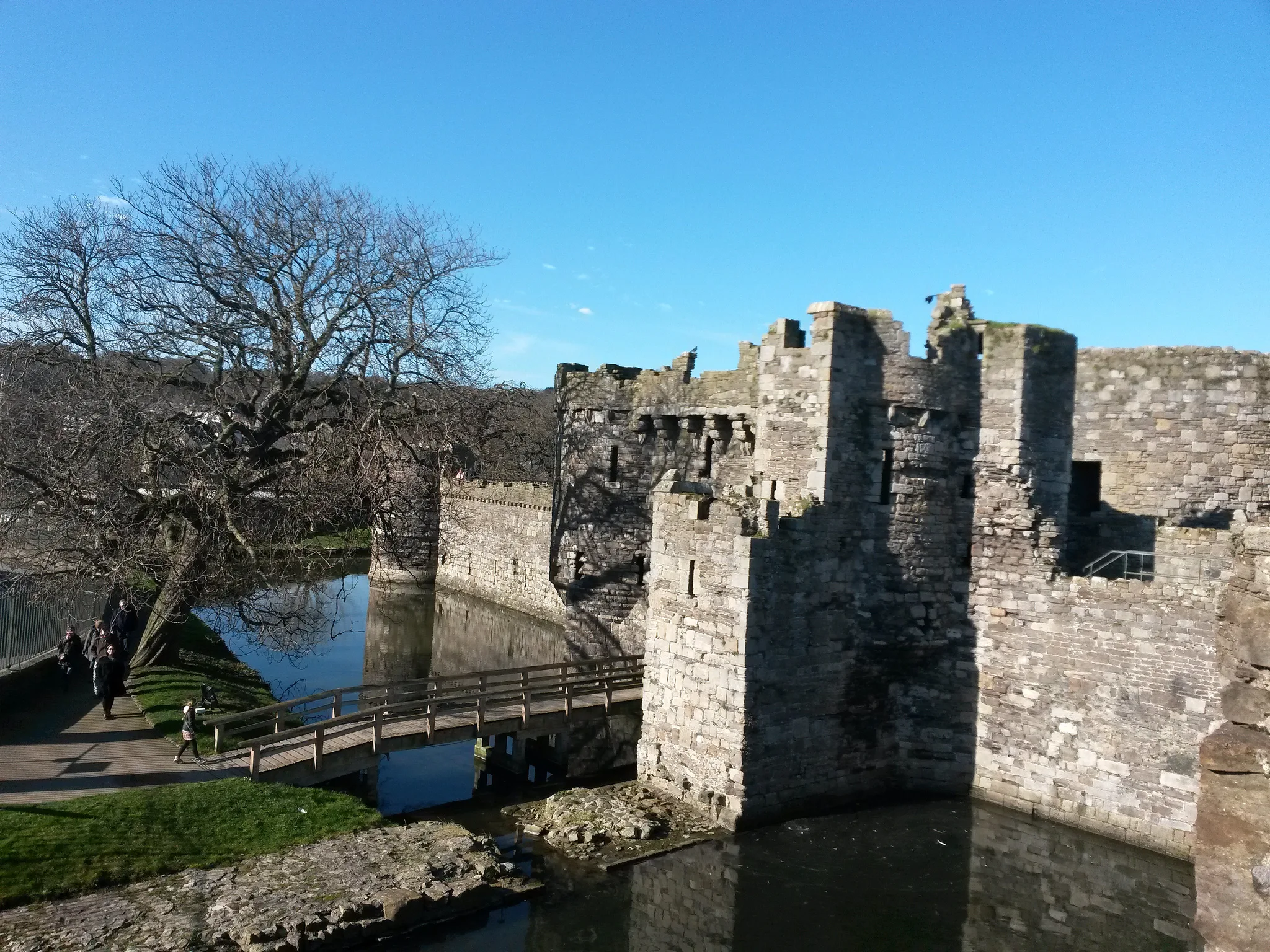Beaumaris Castle is an ancient castle located on the Isle of Anglesey, at the entrance to the Menai Strait, which separates Anglesey from the coast of North Wales.
 |
| Beaumaris Castle Wales |
Initially, there was a small Viking settlement, which was called the Viking Port (wall. Porth y Wygyr). In 1295, King Edward I gave the order to build a castle here - another link in the "iron ring" of fortresses, which, according to Edward's plan, was supposed to gird Wales and consolidate the power of the conquerors. This ring includes the castles of Conwy, Carnarvon and Harlek (Harlech).
 |
| Beaumaris Castle Wales |
Beaumaris Castle was built on a swamp, hence its name is a distorted French "beau marais" - a beautiful swamp. The castle performed a double function - it established control over the strategically important Menai Strait and served as a deterrent against the emergence of new Welsh uprisings. The creation of the architect Jacques (James) Saint-Georges of Savoy is considered a masterpiece and a perfect example of a concentric type castle.
 |
| Beaumaris Castle Wales |
Beaumaris Castle received royal status, which meant that only British and Normans could settle in the castle and in the city around it. And the townspeople of Welsh descent were deprived of the right to hold official posts, carry weapons, and own real estate within the city. A separate clause of the charter prohibited Jews from living in the city. Any trade outside the city limits was also prohibited, as a result of which Beaumaris quickly became the trading center of Anglesey. In addition, it has become one of the three most important Saxon ports in Britain and a center for shipbuilding.
 |
| Beaumaris Castle Wales |
In addition to the castle as such, many ancient buildings have survived in the city. This courthouse, built in 1614, the city prison, the parish church of St. Mary, built in the fourteenth century and built at the same time "Tudor rose" - one of the oldest half-timbered buildings in Britain. Yachts and pleasure boats still dock at the Beaumaris pier, built in 1846.
